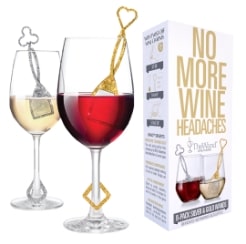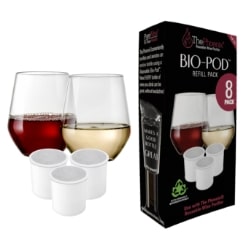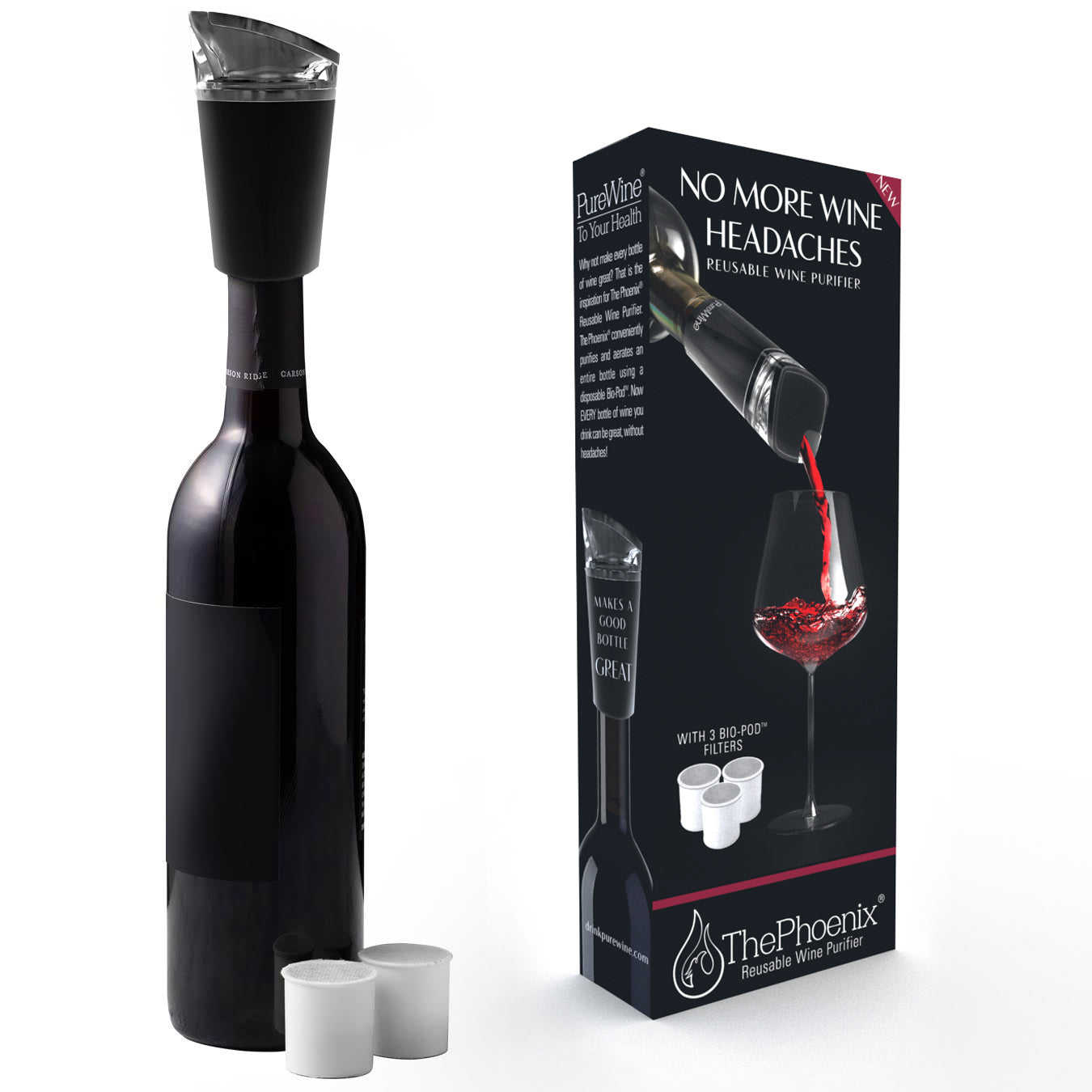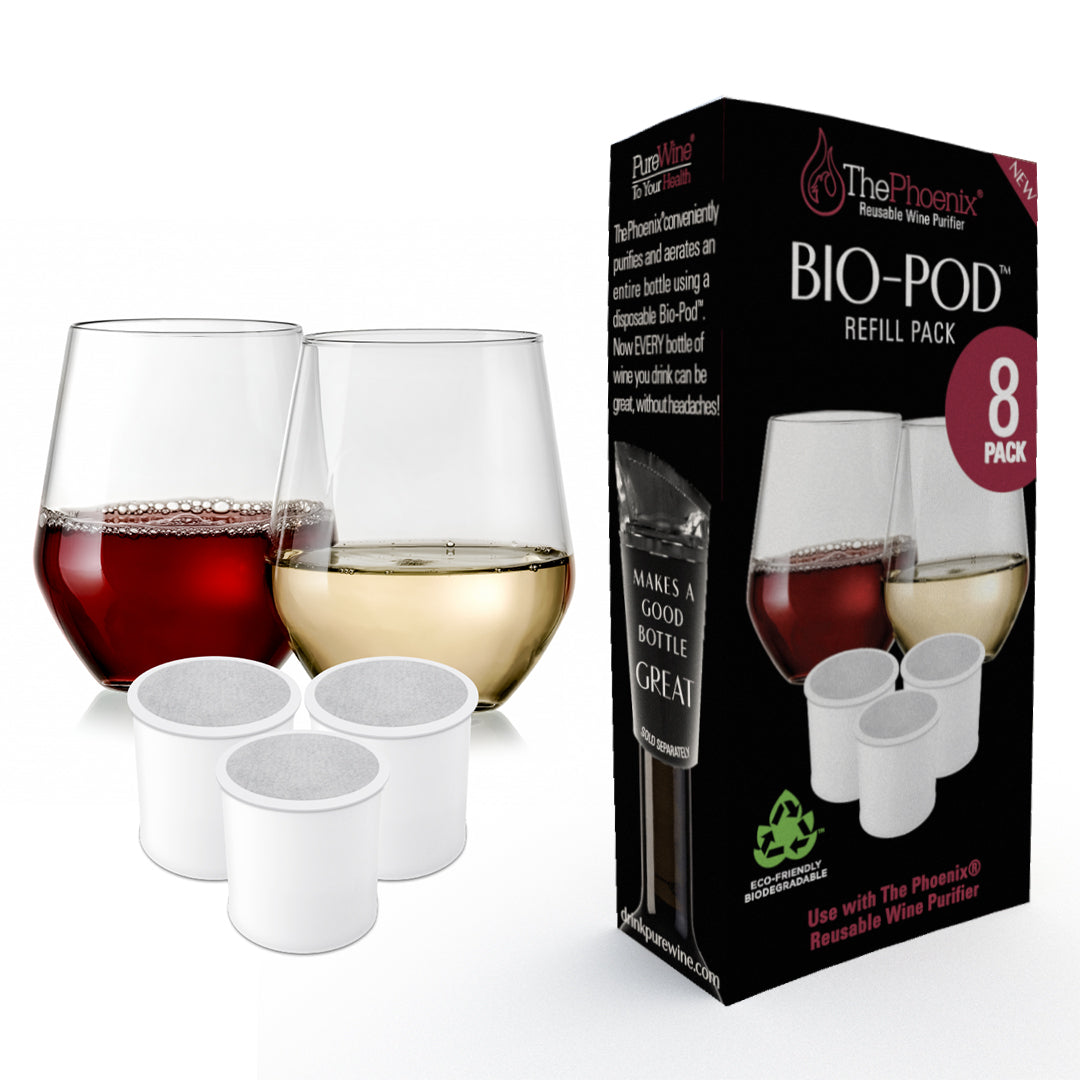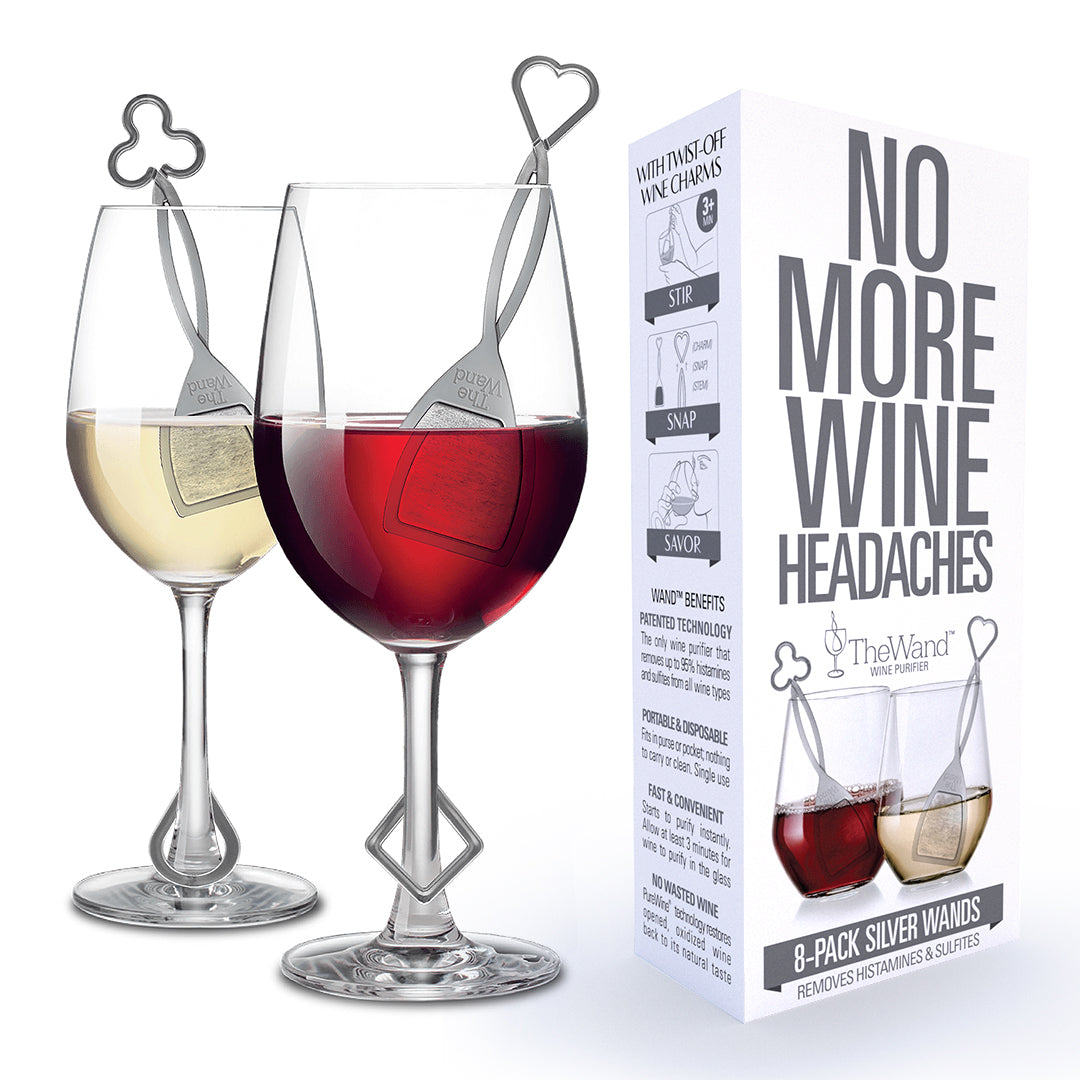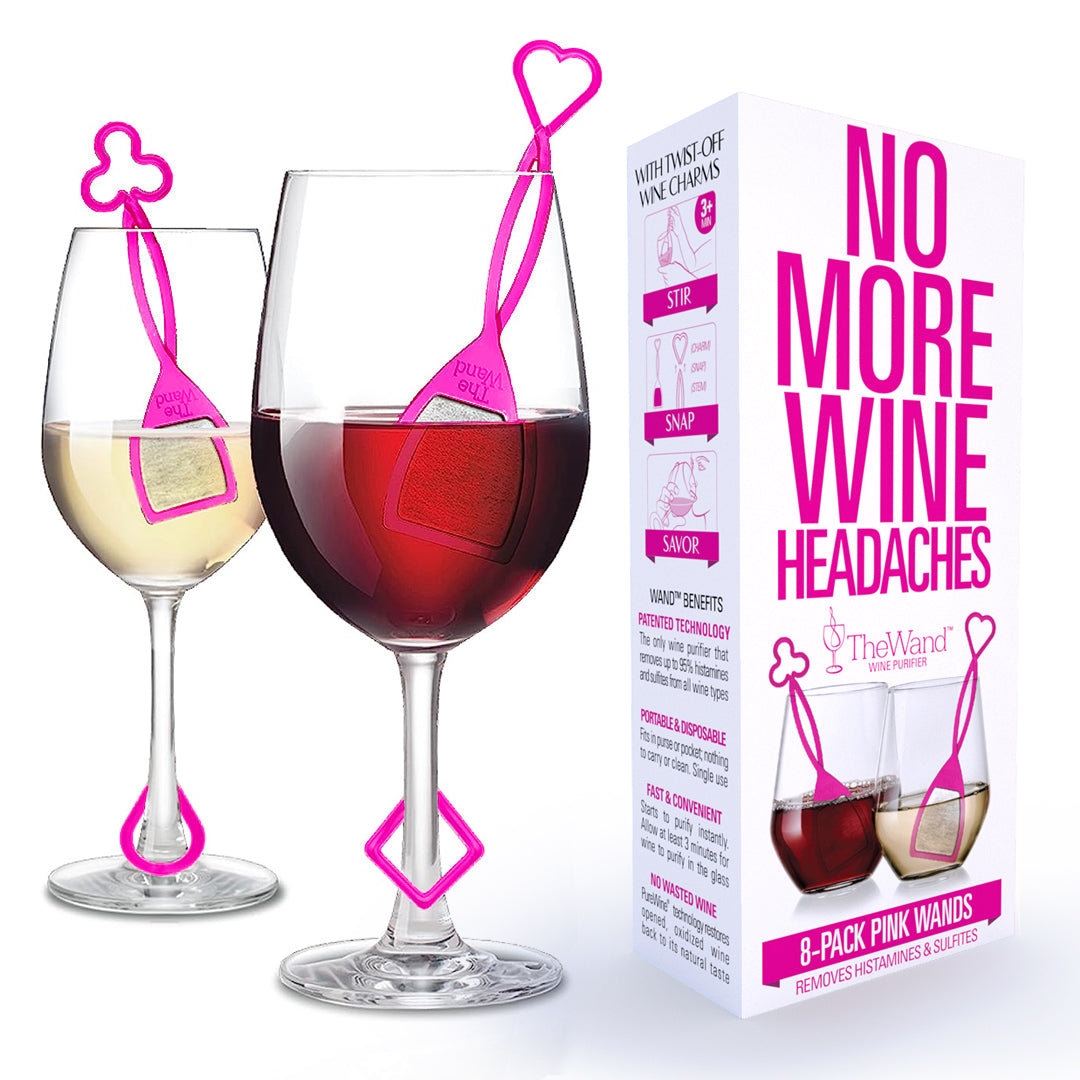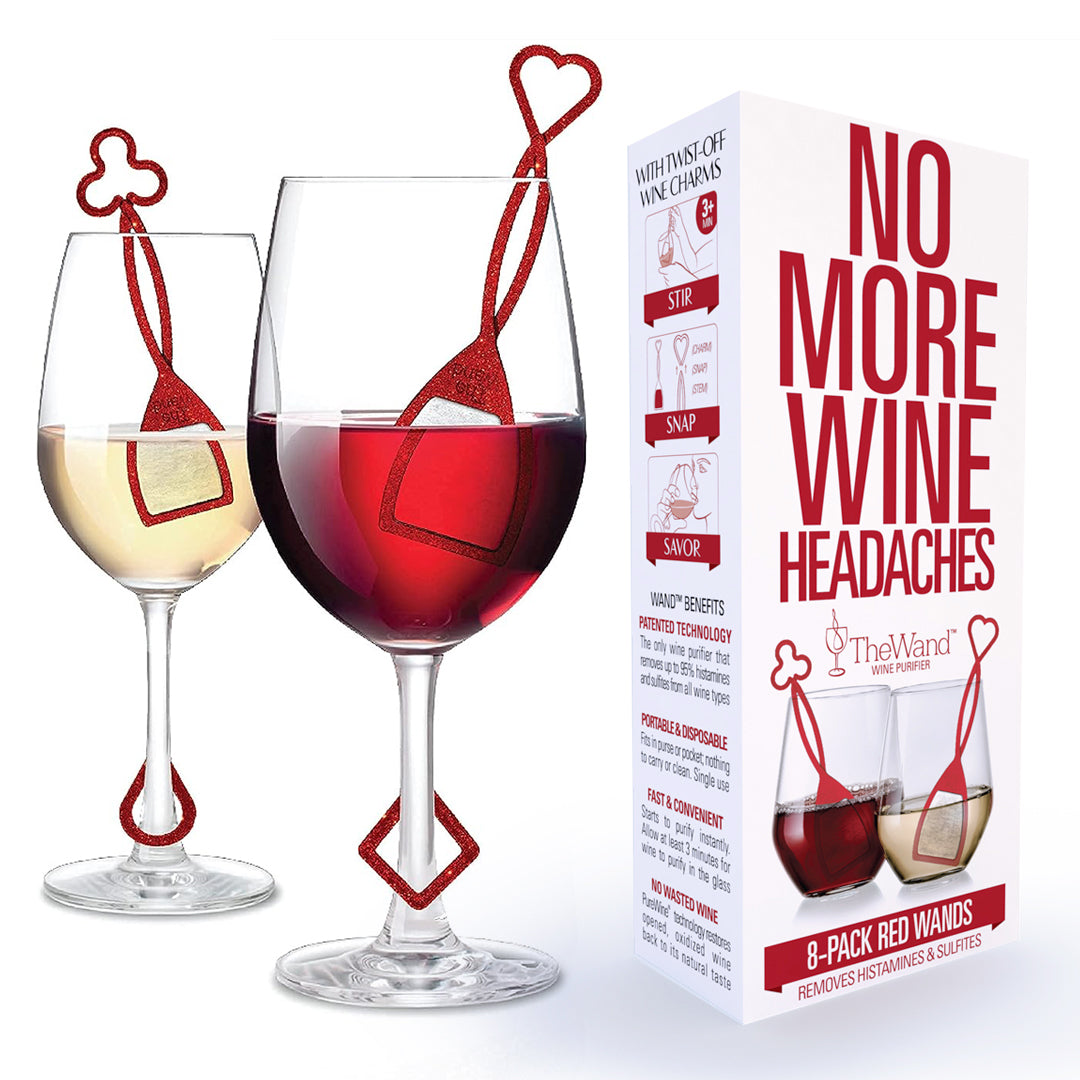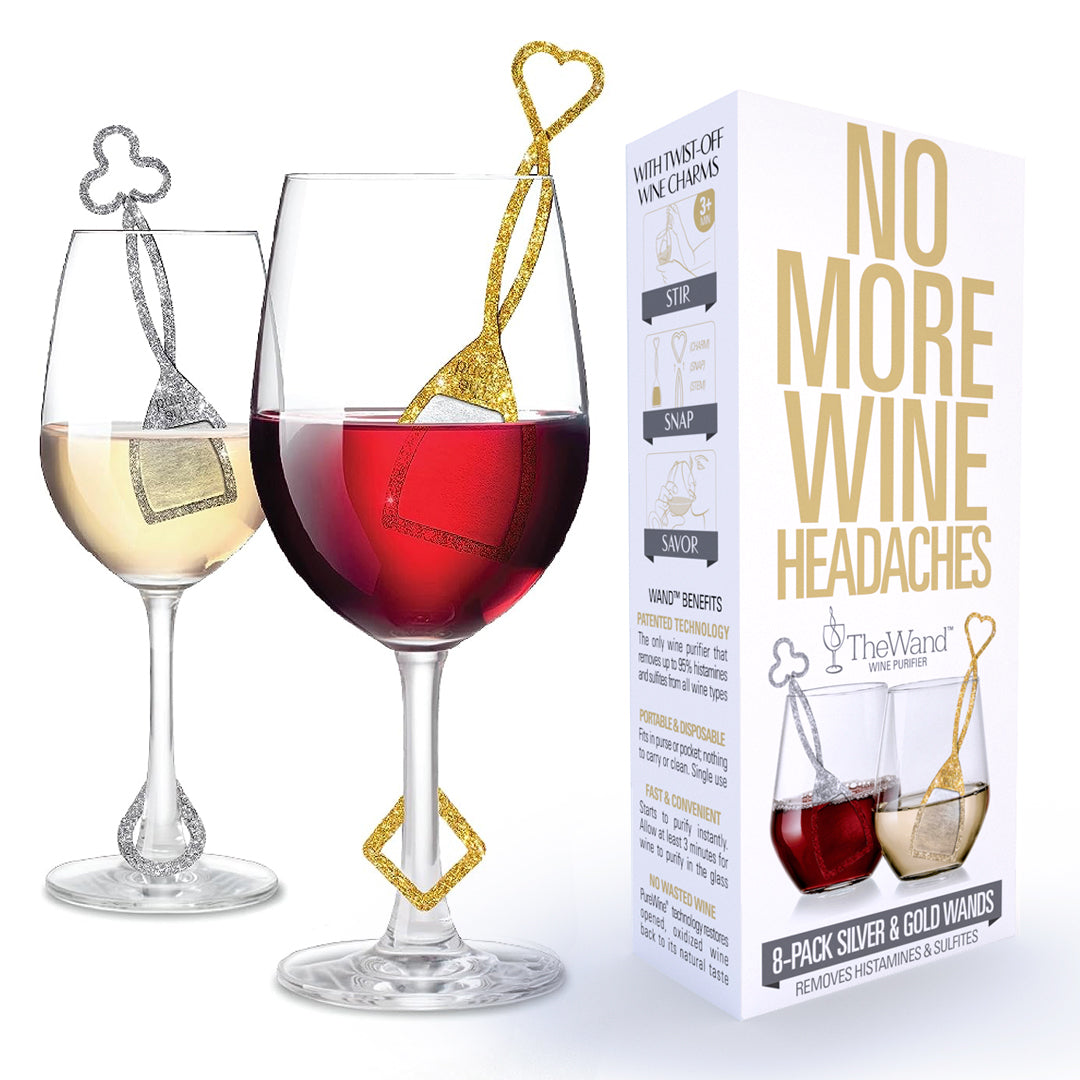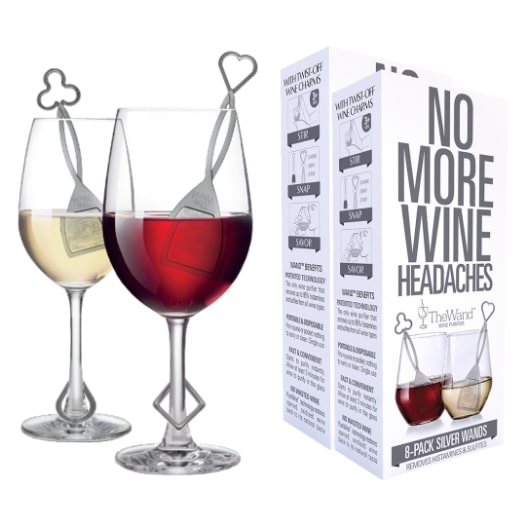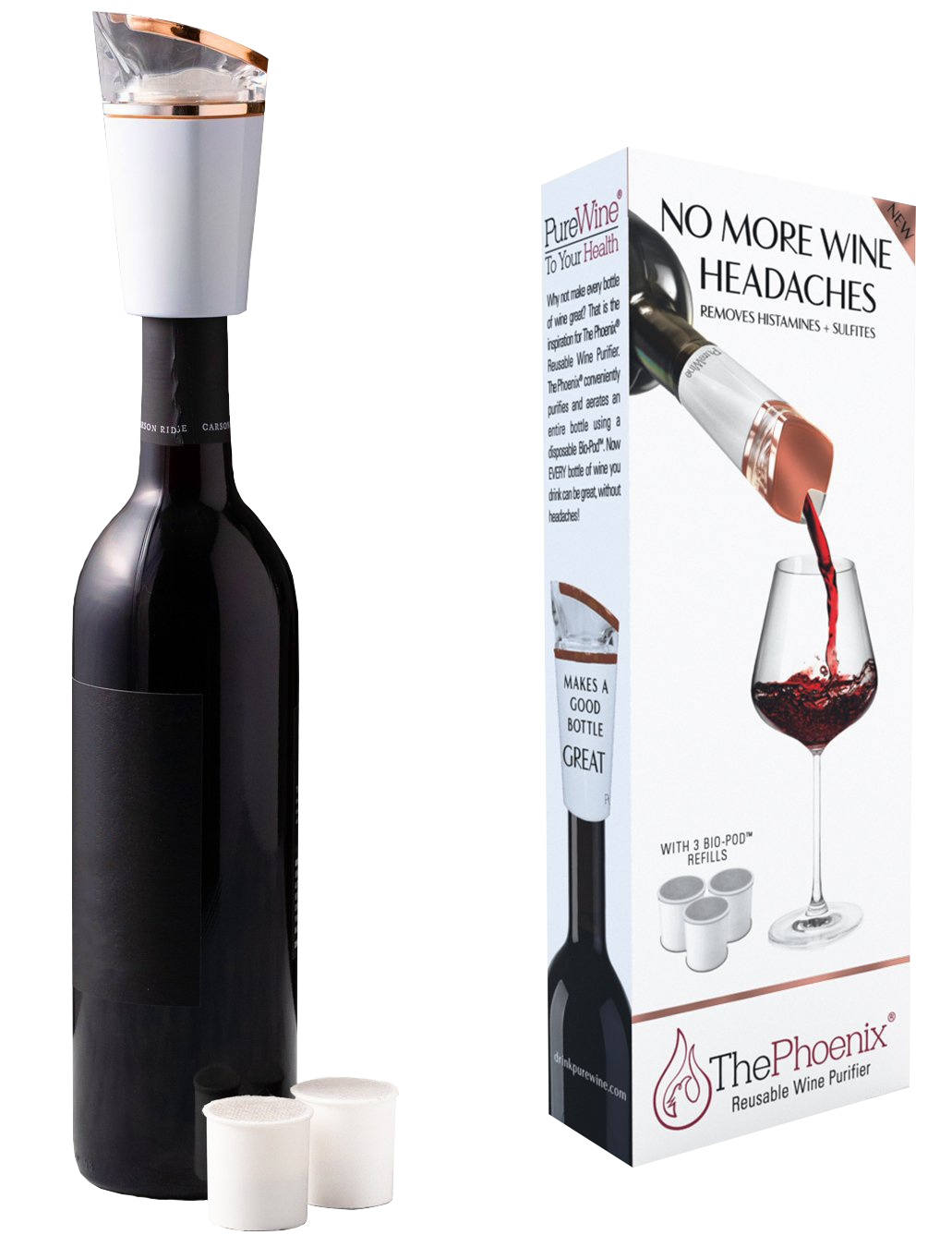Low Sulfite Wine - Good, Bad and Best Explained
If you take any bottle of wine, you will most likely see somewhere in the back label: contains sulfites. Or, maybe, you will read: does not contain added sulfites. One of these two. Granted. You may be confused about low sulfite wine or even "No Sulfiite Wine". We want to help clarify what all sulfite fuss is about.
Lately, there has been a worldwide winemaking movement to make what is commonly known as natural wines (wines with fewer additives, and little to no sulfites added). This type of wine is more of a small trendy market niche, the truth is it is here to stay, and we will tell you why.
But wait...
What Are Sulfites?
Sulfites is the common name given to a range of sulfur compounds that act as preservatives and antioxidants to prolong food freshness and extend shelf-life. They are not a new thing. They were used in Ancient Greece and by the Romans. While sulfites are naturally present in both animals and plants, they are there in negligible amounts.
No Sulfite Wine Doesn't Exist
Sulfites are the natural byproduct of all fermentation process that occur when making bread, cheese, yoghurt, beer, aged meats, sauerkraut and of course, wine. However, the concentration is usually negligible. But for foods and beverages that need long self-lives or are prone to spoilage, high levels of sulfites are often used. For example, sweet wines like sauternes can have as much as 350 ppm sulfites added. In short, all wines naturally contain sulfites, but a new movement in wine making is focused on making certain types of wine without adding sulfites. These are commonly called “no” or “low” sulfite wines.
Why Do They Add Sulfites to Wine?
It so happens that sulfites are the preservative system that has the least impact on the organoleptic (taste) properties of the wine. Also, they are remarkably able to selectively inhibit the “bad” yeast and bacteria that can cause spoilage during the fermentation process. At the same time, sulfites do not affect the “good” yeast that are necessary for converting the sugars in grape juice into alcohol. They are widely used and can be added at different points of the winemaking process, giving more control over the final product. The amounts and the moment they're added depends on the style of the wine and the residual sugar that is desired to provide sweetness. They are used to maintain the flavor, color, aromas and unwanted refermentation. Wines without added sulfites are challenging for the winemakers, and normally have shortened shelf-lives.
Are Sulfites In Wine Bad For You?
It is important to highlight that sulfites have been used in foods and beverages for over 2000 years and are generally considered very safe when consumed in small amounts. But for some people, sulfur containing compounds, such as sulfites and sulpha drugs, can cause severe allergic reactions and even cause death. This is why it is compulsory to add Contains Sulfites on the label of all wine bottles that have sulfite levels higher than 10 ppm..
However, more typically for people who have milder sensitivities to sulfites, the side effects experienced are usually headache, nasal congestion, sneezing and skin rashes. The intensity of these reactions is often more severe for wines containing high levels of sulfites such as sweet white wines and champagnes.
Low Sulfite Wines vs. Natural Wines
We shall start by clarifying that all wines are natural by definition. They are the product of the fermentation of the most due to the combination of yeast, bacteria and sugar. Natural wines are generally not filtered to remove these microorganisms, so these wines are literally alive with microbial life. There are no "synthetic" wines.
So, what are we referring to, when talking about the natural wine trend? There is not a standard definition or organization that defines and controls what a natural wine is. But it is generally understood that the so-called natural wines have had a minimal intervention of the winemaker, with minimal processing, with practices respectful with the earth, avoiding chemical product usage, taking into account sustainability. Frequently, the taste and mouth feel of natural wines is described as “lively” or “slightly prickly on the tongue”
Pesticides In Wine
When there are minimal pesticides used in the winegrowing process, the grapes remain pristine, and the yeast used for the fermentation is the natural yeast from the skin of the grapes. Natural wines have a minimal amount or no added sulfites, but also they are not clarified or filtered.
Natural wines do not equate to organic wines though. Organic wines are produced from organically grown grapes, but they are allowed to use specific amounts of certain types of chemicals. For example, they often add up to 20 ppm sulfites and are clarified and filtered. In short, all natural wines are organic, but not all organic wines are natural.
Natural wines are different, original, and are particularly suited for those people that want to enjoy wine even if they are sensitive to sulfites. They are an acquired taste, though. They vary from vintage to vintage, and they can differ even from bottle to bottle. It is predicted that the natural wine category will see continued steady growth within the “better-for-you” consumer movement.
Low Levels of Sulfites in Wine a Bad Thing?
Some very recent low sulfite research has indicated that producing natural wines with very low levels of sulfites may actually increase the levels of biogenic amines. These fermentation byproducts are known to cause a variety of side effects, e.g., headaches, stuffy nose and skin rashes when consumed in foods. Addition of as little as 30 ppm sulfites to the grape juice before fermentation begins makes the environment hostile to the microorganism that can produce biogenic amines. As a result, zero- or low-sulfite wines had the highest levels of biogenic amines from the panel of over 100 wines tested. Fresh and fruity wines such as Riesling and Sauvignon Blanc were recommended for consumers who experience wine intolerance because their production methods add sulfites and result in low levels of biogenic amines.
Amount of Sulfites in Wine
For reference, we are sharing here the maximal amount of sulfites allowed per litre of wine:
- Conventional wines up to 200 mg/l
- Organic wines up to 150 mg/l
- Natural wines up to 40 mg/l
How to Reduce Sulfites in Wine?
If you are sensitive to sulfites and want to enjoy your favorite wine without the suffering that often comes after a couple of glasses, there are several options out there. These products help you reduce the sulfites to a level that will prevent these negative effects.
The Wand™ wine purifier from PureWine, is a product designed for use with a single glass of wine. It rapidly removes the sulfites and histamines without changing the natural taste of wine. It is non-reusable, and it is the ideal solution when you are on-the-go and want to enjoy your wine by the glass.
The Wave® is a single-use purifier and aerator, perfect for when sharing a whole bottle. It will remove the histamines and sulfites as you pour to maximize your enjoyment of the wine.
The Phoenix® is a state-of-the-art reusable purifier and aerator, that utilized a disposable Bio-pod™.
All of the PureWine products are made in the USA, FDA approved, BPA free and guaranteed.
Best Low Sulfite Wines to Try
Best Low Sulfite Red Wine
Parajes del Valle - this young red from South East Spain is a delight to drink. Made with Monastrell grapes, it is surprisingly refreshing and covers the mouth with hints of red and black fruits and spices. Well-rounded tannins and a long finish.
Best Low Sulfite White Wine
Mortellito Cala Iancu Bianco - a Sicilian natural wine, unfiltered, made with endemic grapes Grillo and Catarrato, bring out all the expression of the limestone soils. With hints of pears, green apple, balanced refreshing acidity and a long and spicy finish.
Best Low Sulfite Sparkling Wine
Las Jaras Wines Collaboration Pet Nat - last but not least, a Californian organic lightly sparkling wine made of Valdiguie grapes. Besides the different, colorful label, you will want to try it for its vivid red cherry and bubble gum flavor, and nice refreshing acidity, typical of carbonic maceration. The bubbles are just the icing of the cake!
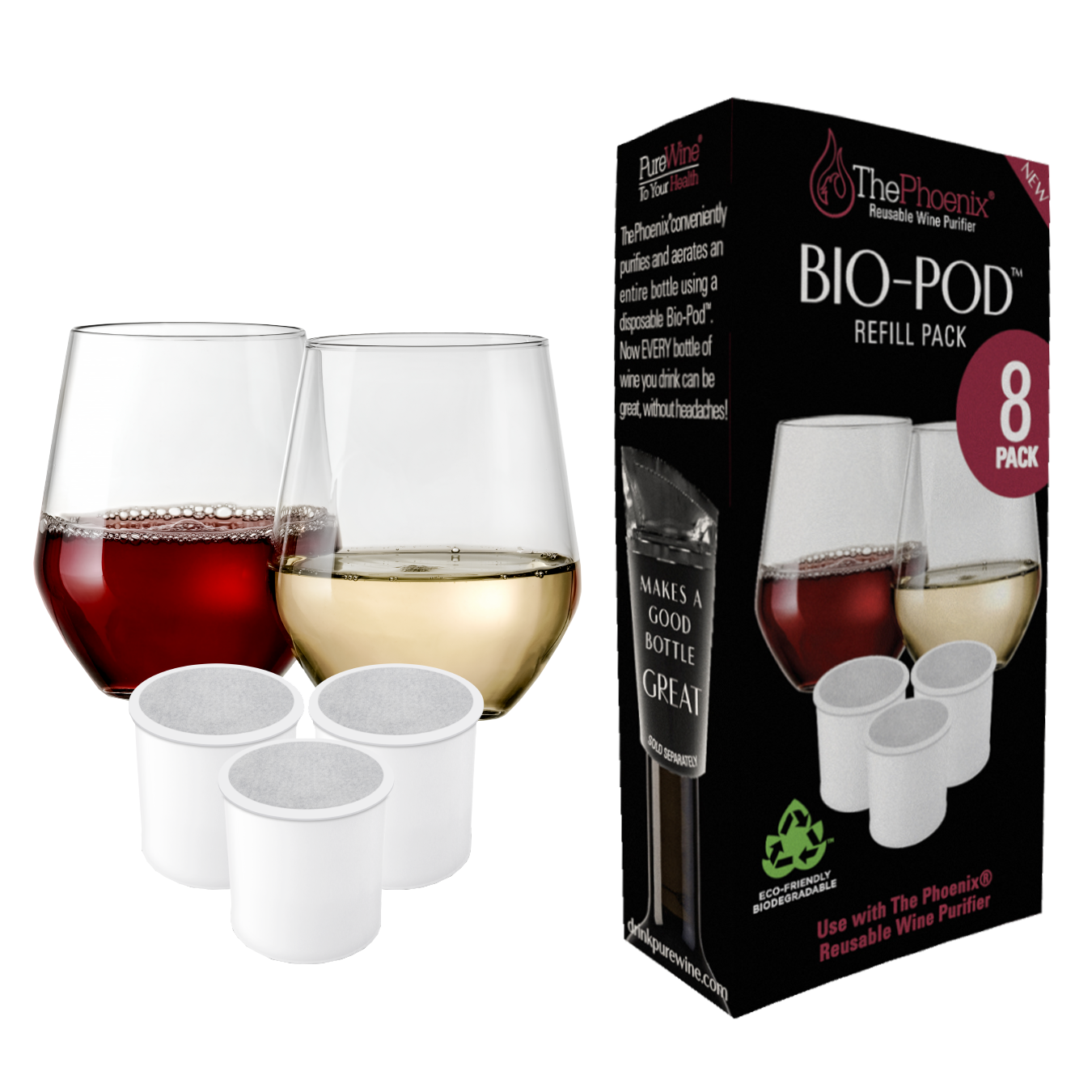
 (20 reviews)
(20 reviews)
